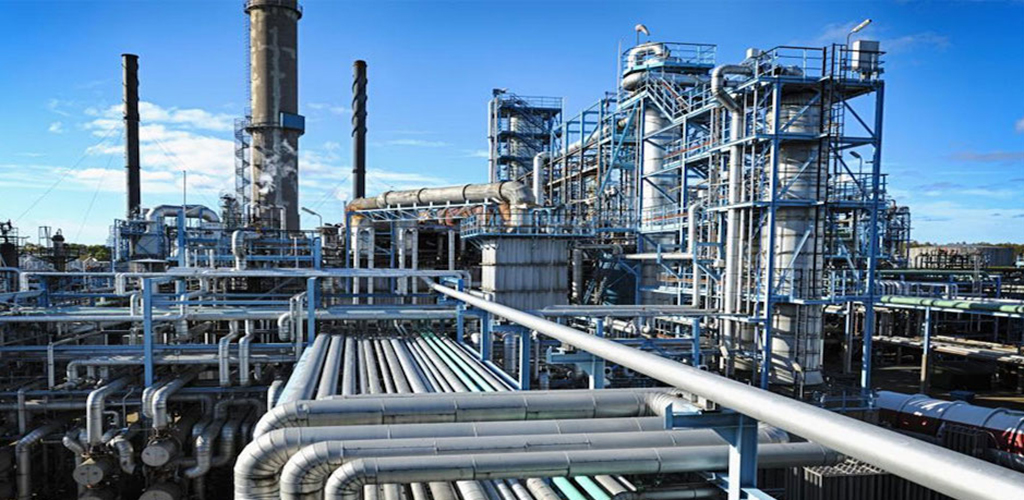Apr 02 | 2020
(Americas) CAB Suggests Recessionary Shift

Activity in the U.S. chemicals industry fell sharply in March, according to the latest figures from the American Chemistry Council, as shutdowns create knock-on effects from breakbulk operators across the sector.
The ACC’s Chemical Activity Barometer, or CAB, index, slumped 2.6 percent in March on a three-month moving average basis following a slight decline in February.
The CAB signals recessionary conditions in U.S. commerce,” said Kevin Swift, chief economist at ACC. “ACC believes a recession to be occurring when the barometer declines for three consecutive months and falls 3.0 percent or more from the peak. As of March, the CAB has declined for two straight months and fallen 8.9 percent from the peak.”
Recessionary Clouds
Based on four main components of production, the CAB index is a key signal for breakbulk demand and a leading economic indicator. The sector’s early position in the supply chain, lends the CAB index to consistently lead the U.S. economy’s business cycle.
“The unadjusted data shows an 8 percent decline in March following a 1.1 percent decline in February and a 1.2 percent gain in January. The unadjusted decline in March is the largest in the post-World War II period,” a spokesperson for the ACC said.
Analysis of the CAB as a forecasting tool suggests that it provides a lead of two to 14 months, with an average lead of eight months at cycle peaks as determined by the National Bureau of Economic Research, according to the ACC.
Indicators covered by the tool include: production of chlorine and other alkalies, pigments, plastic resins and other selected basic industrial chemicals; chemical company stock data; hours worked in chemicals; publicly-sourced chemical price information; industry sales-to-inventories; and several broader leading economic measures.
China Output Down
China’s chemicals industry has similarly suffered across the first quarter with output of China’s industrial enterprises dropped by 14 percent in the first two months of 2020 alone, according to the National Bureau of Statistics of China.
Chemical manufacturing has seen even sharper drops with output declining by 21 percent. While many facilities are reported to be restarting operations in China industry groups remain sceptical that meaningful production can be achieved.


